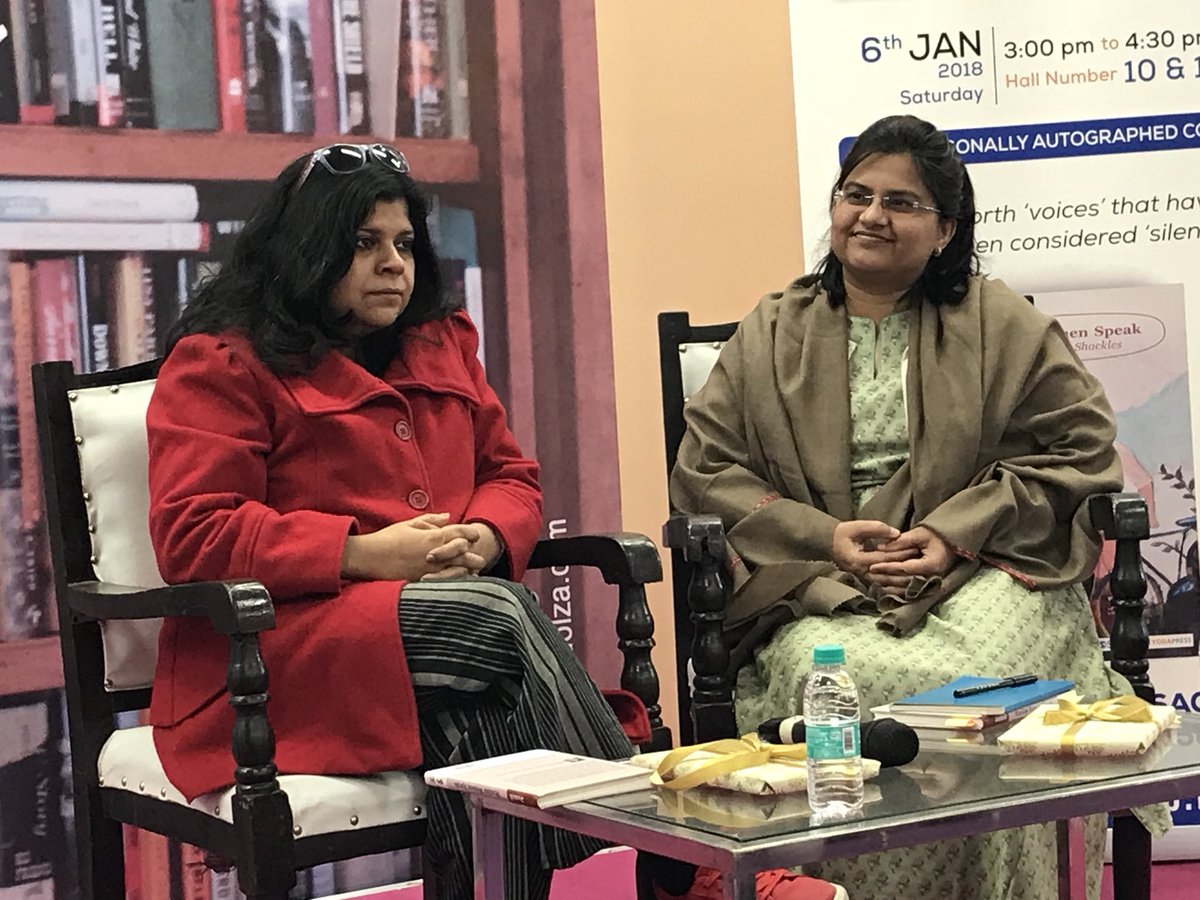Published in 2006, Sachar Committee Report made it official that Muslims are among India’s most vulnerable communities. Next year Ranganathan Mishra Committee Report claimed the same thing. During the same period, Zoya Hasan and Ritu Menon published their book In a Minority (2006), where they argued that economic backwardness among Muslims is due to discrimination they face in various aspects of public life. All these together give quantitative data on the developmental status of Muslims in India.
Can numbers define the social life of a community? Do poor Muslims and poor Hindus live the same life? How does anti-Muslim violence affect a community and their trust in the Hindus? Ghazala Jamil’s book Muslim Women Speak (2018) tries to answer these questions. She is arguing for looking at Muslim women as producers of knowledge, fighters for multi-religious society, and harbingers of hope and resilience. The book is an academic exercise that tries to go beyond quantitative surveys and bare statistics.
This book extends agency to Muslim women, a task that requires considerable theoretical insights and courage. The book was envisaged when Jamil supervised a survey by interviewing young Muslim women in 23 urban centres located in 12 states of India. All these were in-depth interviews. The survey provides an extensive analysis of both the processes of the research as well as the conclusions drawn. The book has profound theoretical implications for its richness in texts and contexts studied from multiple lenses.

The political climates which influenced Ghazala Jamil were global Islamophobia and Hindu communalism, both being a product of orientalism. So if one wants to understand what Muslim Women Speak, one has to understand those three factors first. Understood out of context, Muslim issues are wilfully misunderstood and made to reproduce the narrative of the oppressors.
Published in 2006, Sachar Committee Report made it official that Muslims are among India’s most vulnerable communities. Next year Ranganathan Mishra Committee Report claimed the same thing. During the same period, Zoya Hasan and Ritu Menon published their book In a Minority (2006), where they argued that economic backwardness among Muslims is due to discrimination they face in various aspects of public life. All these together give quantitative data on the developmental status of Muslims in India.
Orientalism (1978), rather than being the benign study of the orient, was shown by Edward Said to be a process of fabrication of identities existing only in western fantasies. It is now well-recognised that one of the images most fundamental to orientalism debates is that of a Muslim ‘oriental’ woman, veiled, oppressed, and sexually controlled. Mahmoud Mamdani, in his book Good Muslim, Bad Muslim (2005), further explores how Muslim cultures are not only represented as homogenous monoliths but as pre-modern.
In India, we find a unique type of Orientalism where Hindus are projected as original inhabitors of India while Muslims and Christians are termed as ‘outsiders’. After the process of decolonisation, we still see that Islamophobia has not only thrived but also increased manifold. The question that bears asking is why there has been so much hostility against Muslims.
Frederic Jameson (2000) argues that western Islamophobia must be seen as a manifestation of the process of responding to the next ‘enemy’ of the capitalist West after the disintegration of the communist USSR. The turn of the twenty-first century has been disastrous for Muslims across the globe. In the aftermath of the 11 September 2001 event, Muslim communities the world over find themselves staring at their own monochromatic pictures drawn by the media, devoid of any diversity and often portraying them in a suspicious light. Thus, ‘Orientalism’ took a new turn, and ‘Global Islamophobia’ was born, Jamil laments.
One of the major reasons for the economic backwardness among the Muslims in India is communal violence. Jamil says that anti-Muslim pogroms alter the psychology of Muslims. Police and administration also lose legitimacy in their eyes. The common experience of communal discrimination along with violence (or the anticipation of violence) binds Muslim women and Muslim men together more strongly than the common experience of patriarchy binds Hindu women and Muslim women. Such violence plays an active role in sidelining Muslims away from dominant economic transactions. For example, while it may appear that the residents choose to live where they do, they feel compelled to reside in these enclaves because of discriminatory real estate practices and fear of communal violence.
After the process of decolonisation, we still see that Islamophobia has not only thrived but also increased manifold. The question that bears asking is why there has been so much hostility
One of the major interventions that the book makes is that it lets Muslim women speak. Here Muslim women are not projected as agency-less victims of Muslim men or Islam.
Also read: Looking Beyond The Stereotypes: Muslim Women In India
“The image of Muslim women as the historic victim ‘other‘ is most deeply held and most frequently deployed to breed prejudice against Muslims. Misrepresentation and stereotyping of Muslim women are also rampant in mainstream media and popular culture.” Sadly, this prejudice informs even mainstream academic discourse. Muslim women emphasise their commitment to their faith. However, they also believe that some changes will have to be brought about by people within the fold of the community and not from outside. While social control over the dressing of women is a norm, dressing is also often used by women as an act of resistance. Dressing in a particular way is a Muslim woman’s way of making others see how invisible discrimination can be made visible.
“Many women who choose to wear the niqab do not feel that it limits them from living a full life as human beings or active citizens. Just as women who observe purdah in different forms are diverse, so are meanings they read and inscribe into their practices.” Ghazala Jamil is appreciative of two other strands: Black feminism and Dalit feminism. Dalit women, Muslim women, and Black women share the experience of community-based marginalisation with their men. Muslim feminists questioning the mainstream feminist movement do not aim to weaken the women’s movement, but they are rather strengthening the demand by complicating the discussions to include differences in women’s experiences along the lines of class, religion, and caste. This book must find itself on the bookshelf of all those who study women’s issues in general and feminist methodologies in particular.
Also read: Indian Muslim Women Leadership: A Mirage
Zeeshan Husain has done BSc (AMU), and MSW (TISS). He is presently pursuing PhD in sociology from JNU. His research interest is in the society and polity of Uttar Pradesh. You can find him on Twitter.
Featured Image Source: EPW





